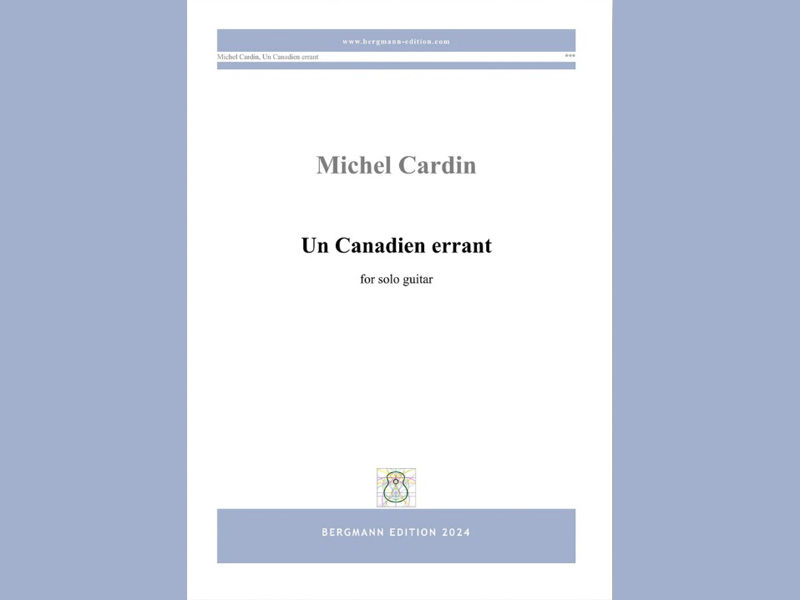Valerie Hartzell : Wanderlust : Bergmann
- chrisdumigan
- May 17, 2021
- 2 min read
Updated: Jun 5, 2022

Valerie Hartzell
Bergmann Edition: 20 pages
Valerie Hartzell has been playing all over the globe for a long while, performed in many festivals, been on TV, Radio 3 , and many other different events, and here she has written a three –movement suite, the story behind which is aptly described in the Preface.
The set is based on travelling in three different sorts of ways, with the opening Through The Ages describing a journey through time, musically speaking, beginning with the Renaissance, and this section headed Victory of the Lancasters. With a dropped D 6th, the piece opens with a snare drum effect heralding in the March that follows, set in two voices, and largely using long open bass notes over a bouncy fast moving melody. This leads into House of Hanover, slightly slower than the opening section but still essentially in two voices before 4 strong chords bring in an arpeggiated triplet quaver section that climbs up and pauses eventually on a top D, before launching into Victorian Era , a Con Brio mostly semi – quavers that dive around the fingerboard for most of this time, and then close on some strong downward motion octaves, and a final jump into The Kings Of Rock and Roll section, where two rock tunes are integrated into the whole section. There is a fortissimo final coda of semi – quavers dancing up and down in pairs, some strong Tonic chords and it’s finished
Story of Us is a moving Adagio set of arpeggio patterns with a long –held melody at the top, interwoven with a six note phrase that enters every few bars in a different rhythm, to take the music into the next arpeggio patterns. Marked Con Rubato, dolce e espressivo there is plenty of scope for the player to feel the emotion here. Then the middle section suddenly becomes an Allegro and the melody starts to get more complex, albeit still set in an arpeggio pattern in the tonic minor key. The opening section returns and goes to a coda that closes the piece off admirably.
The final It Takes Two is a kind of contest between the left hand and the right hand where firstly the left hand, after some opening very fast LH only runs, plays an entire section in 7/8 without using the RH, which then counters the argument with a tremolo section, proving that there are things that only a RH can do! Another shorter LH only section leads right back to the tremolo again before a pause on a harmonic note leads back once again to the 7/8 Spirito LH only theme but this time suddenly becoming two voices, thus proving that both the hands do in fact need each other to play! This final part mixes the 7/8 theme with elements of 5/8 and 4/4 and some percussive elements to close on a final run for the thumb playing pizzicato.
This set is lots of fun, and is not terribly hard to play, needing probably an intermediate player to get most from it, and as such I can see that many players will get a lot from this fine suite!
Chris Dumigan




Comments